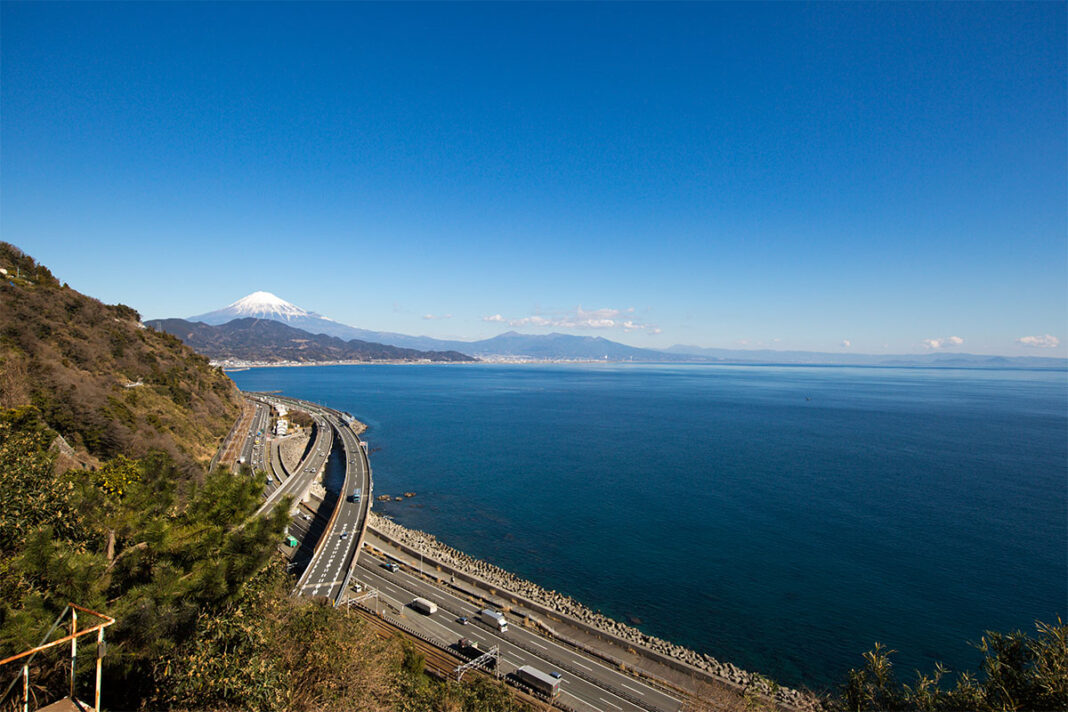The city of Shizuoka is situated along a historic highway that once ran between Tokyo and Kyoto. During the Edo Period, the old Tokaido highway was a vital route that connected the capital city with Kyoto. Along the road were over 50 post towns, important resting points where travelers could stop for a bite to eat or stay for the night. Several of the former post towns that lined that Tokaido route are now part of Shizuoka City, and much of their history and heritage can still be admired today.
Many spots along Shizuoka’s Tokaido route are also blessed with wonderful views of Sugura Bay and are overlooked by the unmistakable majesty of Mount Fuji. These scenes inspired many of the famous woodblock prints created by Utagawa Hiroshige as part of his series that documented the Tokaido, many of which are still recognisable today. A two-day tour of Shizuoka takes in many of the beautiful and fascinating spots that line this stretch of the old Tokaido highway.
Table of Contents
Day 1 – Joining the Tokaido at Kambara
The two day tour of Shizuoka starts just outside Shin Kambara Station, which stands on what was the original Tokaido road. Kambara is one of the Tokaido highway’s former post towns and is located on the eastern edge of the city, not far from the shoreline of Suruga Bay. Just a few moments walk from Shin Kambara station is a long stretch of the original Tokaido road, where there are still a number of Edo-era homes and buildings of important historical significance.
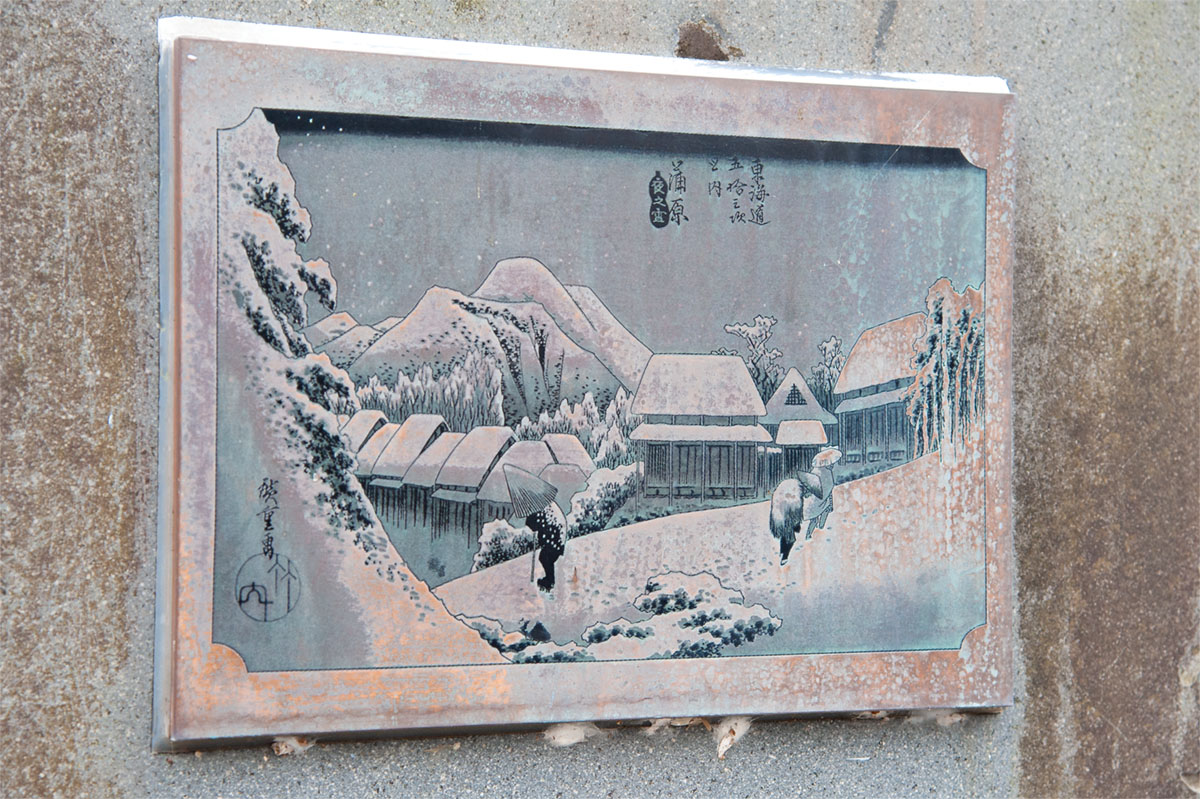
Alongside a narrow river next to the turning that leads to the Tokaido road stands a monument that marks the site of the Kambara post station. At the top of the monument is a replica of one of Hiroshige’s famous woodblock prints.
In 1834, Hiroshige created a series called “The Fifty-three Stations of the Tokaido” that contains 55 artworks documenting each of the post towns located along the Tokaido road. The print of Kambara shows travelers passing through the snow covered post town during the Edo Period. It is one of the most famous pieces of the series. It’s fair to say that Hiroshige used a heavy dose of artistic license as snow is incredibly rare in Shizuoka.
Living History Along the Tokaido

The large number of beautiful historic buildings that still line the road means that it’s easy to imagine what the Tokaido highway might have looked like when Hiroshige created his masterpieces. A short walk along the Tokaido road leads to Hatago Izumiya. During the Edo Period, Hatago Izumiya was a place of accommodation for the retainers of high-ranking feudal lords who traveled along the Tokaido road. The feudal lords would stay in an even more prestigious resting house that is now a private home, located directly opposite the Hatago Izumiya.

Today, Hatago Izumiya is open to the public, and on venturing inside you’ll be able to admire the beautiful interiors and traditional architectural details that were a common feature of such buildings during the Edo Period. Make sure to climb the staircase up to the second floor to appreciate the incredible collection of antique hina dolls.
Hinamatsuri is a traditional Japanese festival that takes place in March every year. During the festival, elaborate hina dolls that represent members of the royal court dressed in traditional robes are put on display on a tiered stand decorated with a red cloth and various decorations. Hatago Izumiya exhibits a wonderful collection of traditional Japanese artifacts that are rotated throughout the year.
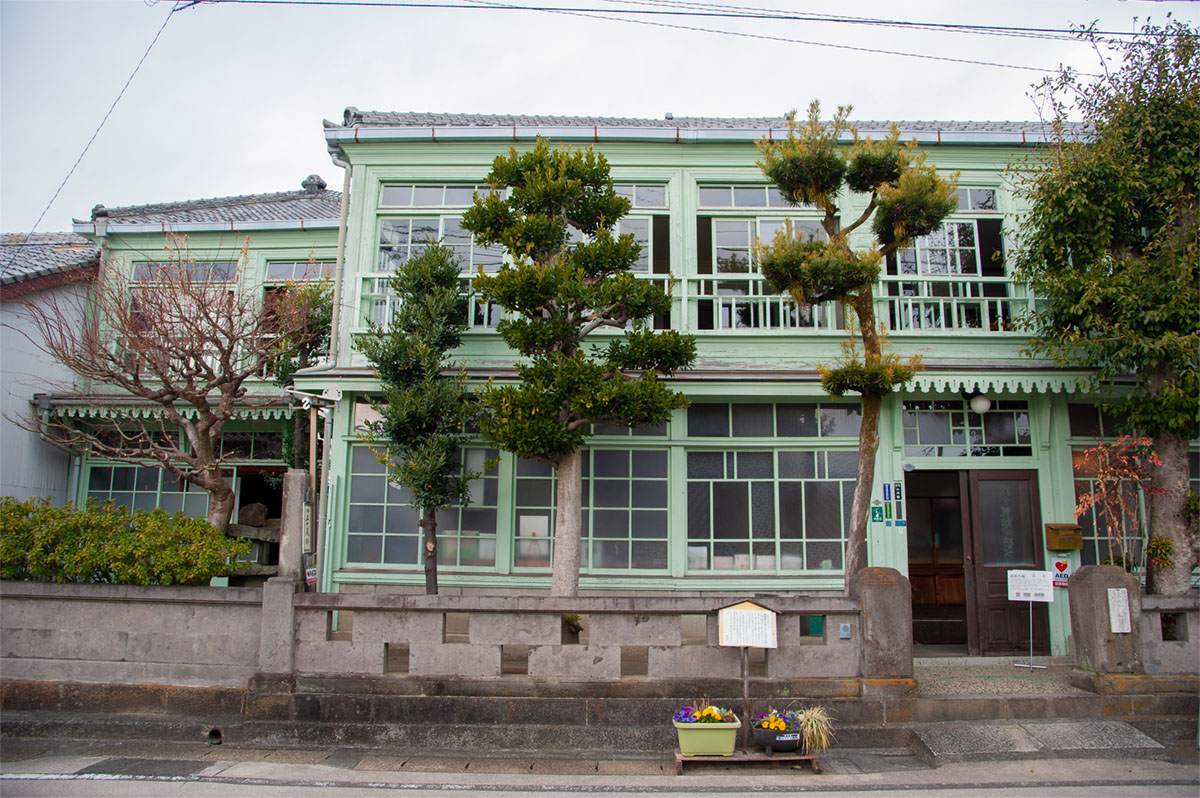
There are more examples of Kambara’s Edo-era history a little further along the Tokaido road, including the former Igarashi Dental Clinic. Built towards the end of the Edo era, this elaborate home was later developed in the early 20th century by Jun Igarashi, a dentist who used a room at the top of the house for his practice.

Though the exterior has a strong early Western influence, the inside is an exceptional example of exquisite Japanese interior design of the late Edo Period. Each room is filled with beautiful traditional details, including intricately carved depictions of Mount Fuji in the ranma that sit above original sliding doors decorated with hand-painted seasonal scenes.
On the opposite side of the road is Shida House, home to the Tokaido Municipal Life History Museum. The building was once a grand shophouse that stood beside a soy sauce factory. Inside, the house remains identical as to how it would have been during that time, with a long corridor running alongside raised tatami rooms that can each be divided or opened up by sliding doors.
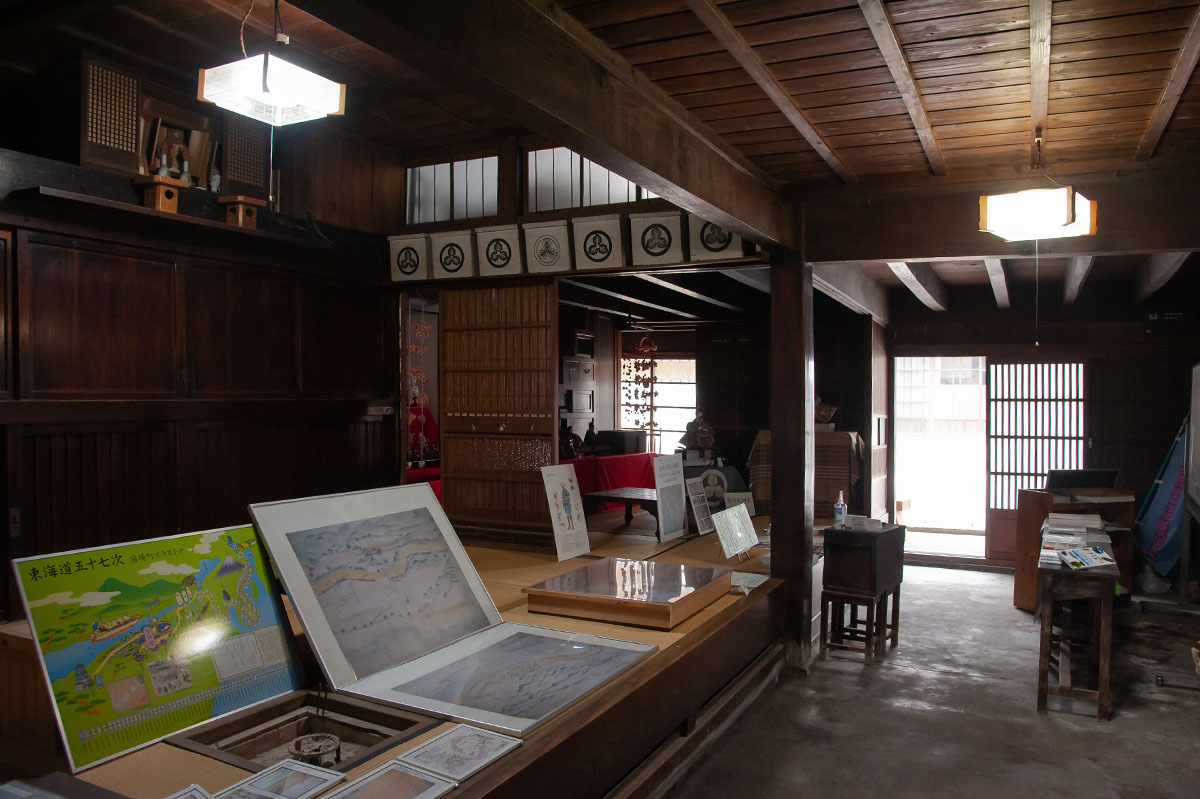
During the late Edo Period and early Showa Period, each room of the house had a specific function. The front of the house acted as a store which sold a variety of goods such as rice and salt alongside soy sauce, while business matters were taken care of in the room at the center of the house. Today, there are various items on display from the house’s past, as well as maps and information about the town during the heyday of the Tokaido route.
Lunch on Hand Rolled Sushi
After exploring some of the historic highlights of the Tokaido road, it’s soon time for lunch. At Sushi Yamashichi nearby, there’s the chance to learn how to make your own hand-rolled sushi. On arrival, a host of ingredients are laid out, including fresh seafood, rice, wasabi, and sheets of edible seaweed, called nori. Much of the seafood, including the bright pink sakura shrimp, is caught locally from the nearby waters of Suruga Bay. A regional and seasonal speciality, Suruga Bay is the only place in Japan where these tiny shrimp are caught.
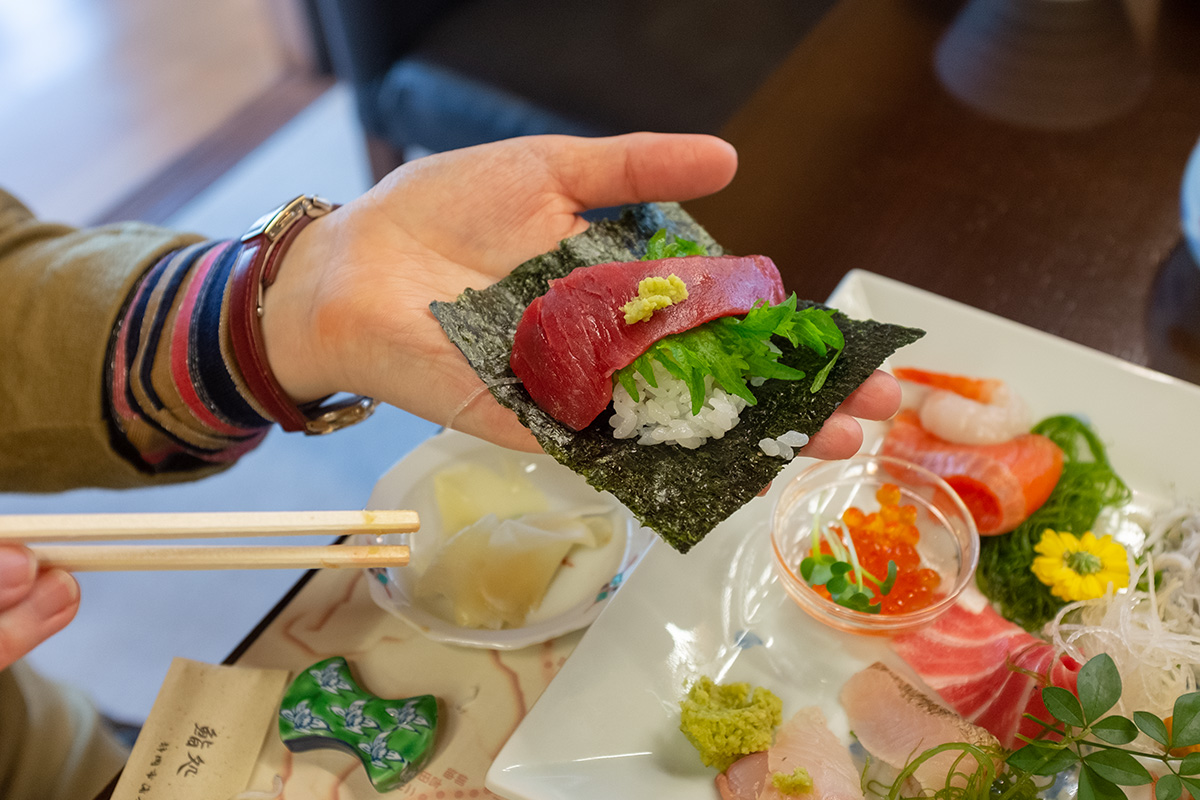
Making the sushi rolls is relatively straightforward. Layer a strip of rice on top of the seaweed sheet and then simply add any combination of the provided ingredients to fit your taste. As well as sakura shrimp, there’s a selection of other seafood and fish including raw tuna, salmon, prawn, and ikura. When you’re done, simply wrap the seaweed sheet around the ingredients and tuck in.
Learning More About Hiroshige
After lunch, it’s time to learn more about Hiroshige and his artworks at the Shizuoka City Tokaido Hiroshige Art Museum. The museum holds a huge collection of original Hiroshige woodblock prints that depict the post towns on the Tokaido road. Hiroshige’s excellently curated artworks are beautifully displayed.
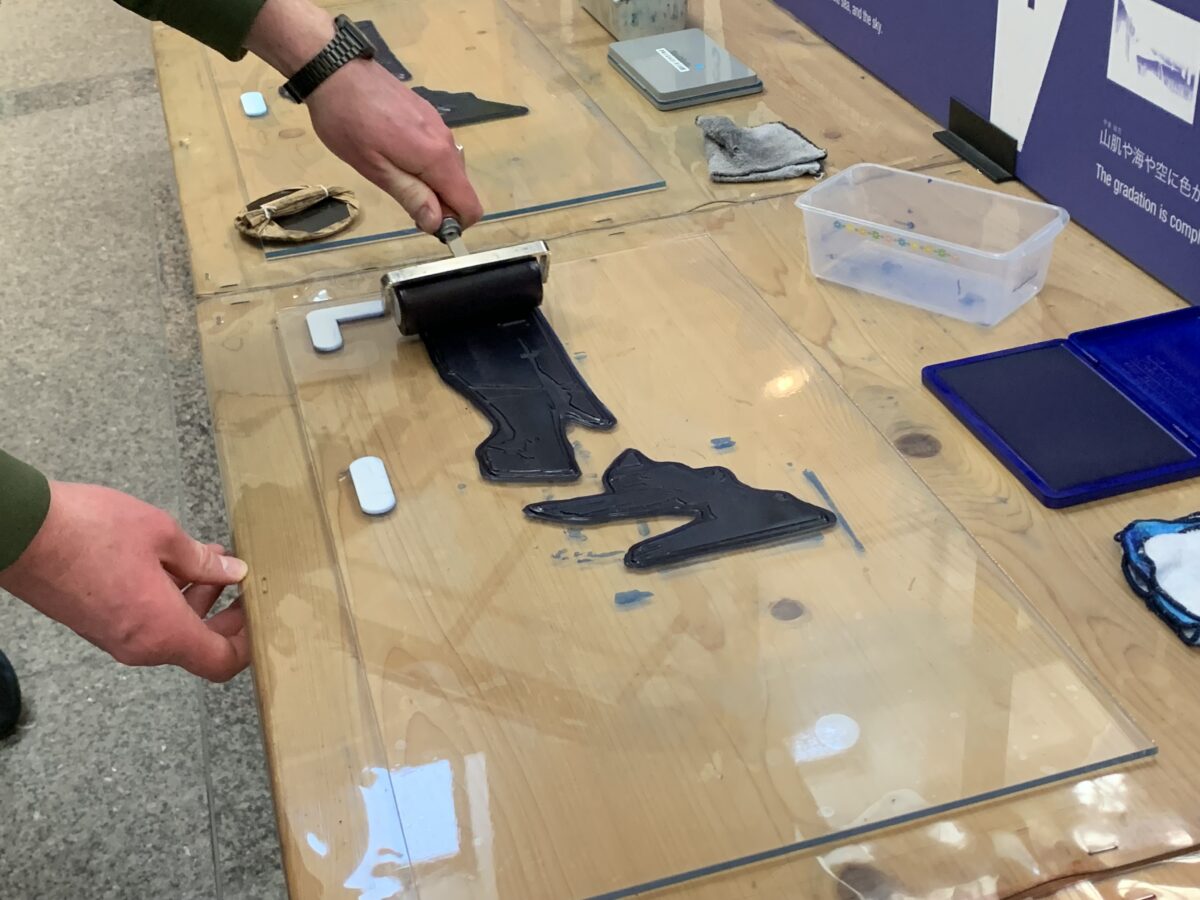
Alongside Hiroshige’s prints of the Tokaido road is a history of woodblock printing during Japan’s Edo Period, as well as explanations on how woodblock prints are made, a long and complicated process that requires an incredible level of artistic skill. In the lobby of the museum you can try your own hand at creating your own Hiroshige-esque print using a similar, if simplified, set of inks and precut woodblocks.
Illuminating History at the Yui-shuku Tokaido Akari no Museum
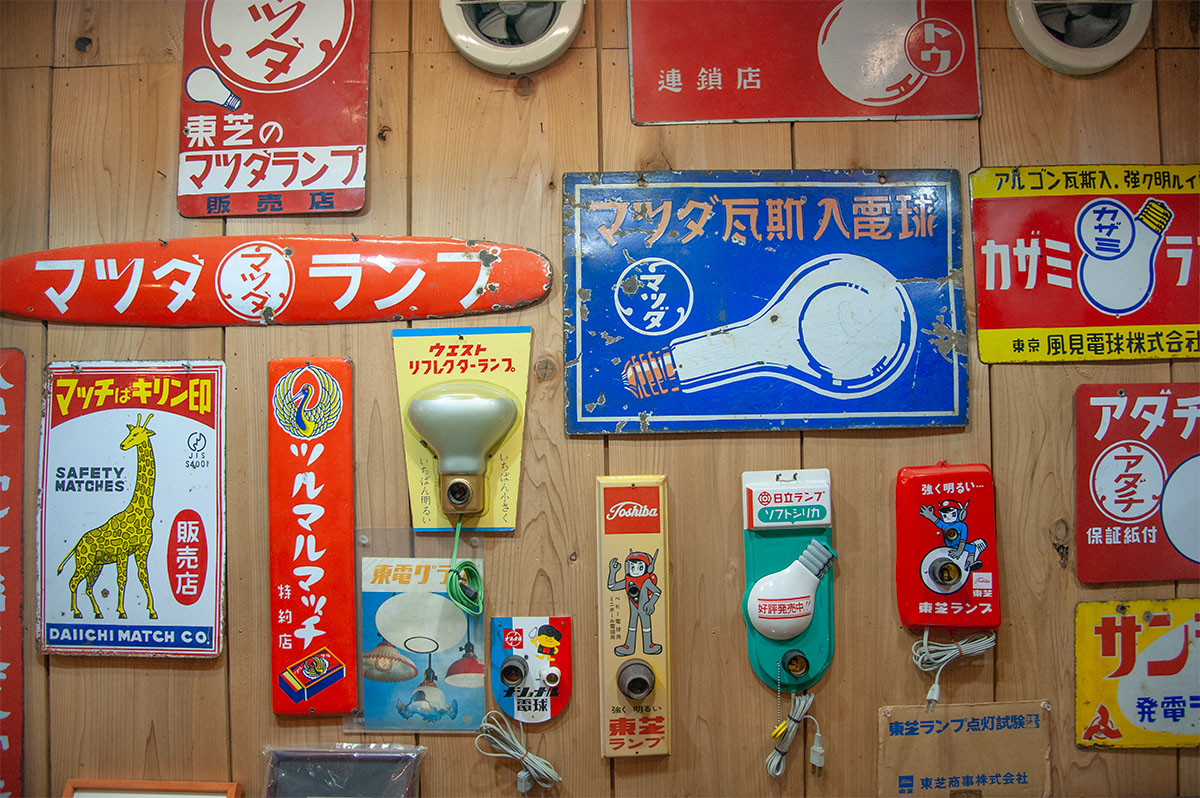
Before hiking further along the Tokaido road to the Satta Pass, there’s time to stop off at the Yui-shuku Tokaido Akari no Museum. Housed inside another beautiful old home, the museum features an impressive and unique collection of over 1,000 Japanese lamps and light fittings dating from the late Edo Period right through to the mid 20th century. The insightful museum is just one man’s collection acquired over many years and makes for a fascinating nostalgia trip.
Hiking to the Sensational Views of Mount Fuji From the Satta Pass
From the Yui-shuku Tokaido Akari no Museum, the tour continues on foot with a thirty minute hike to the famous viewpoint at the Satta Pass. Still a part of the Tokaido highway, the stretch of road at the start of the hike still retains much of the historic post town feel. The road begins to rise towards the Satta Pass, flanked by mikan trees and blessed with wonderful views of Suruga Bay.
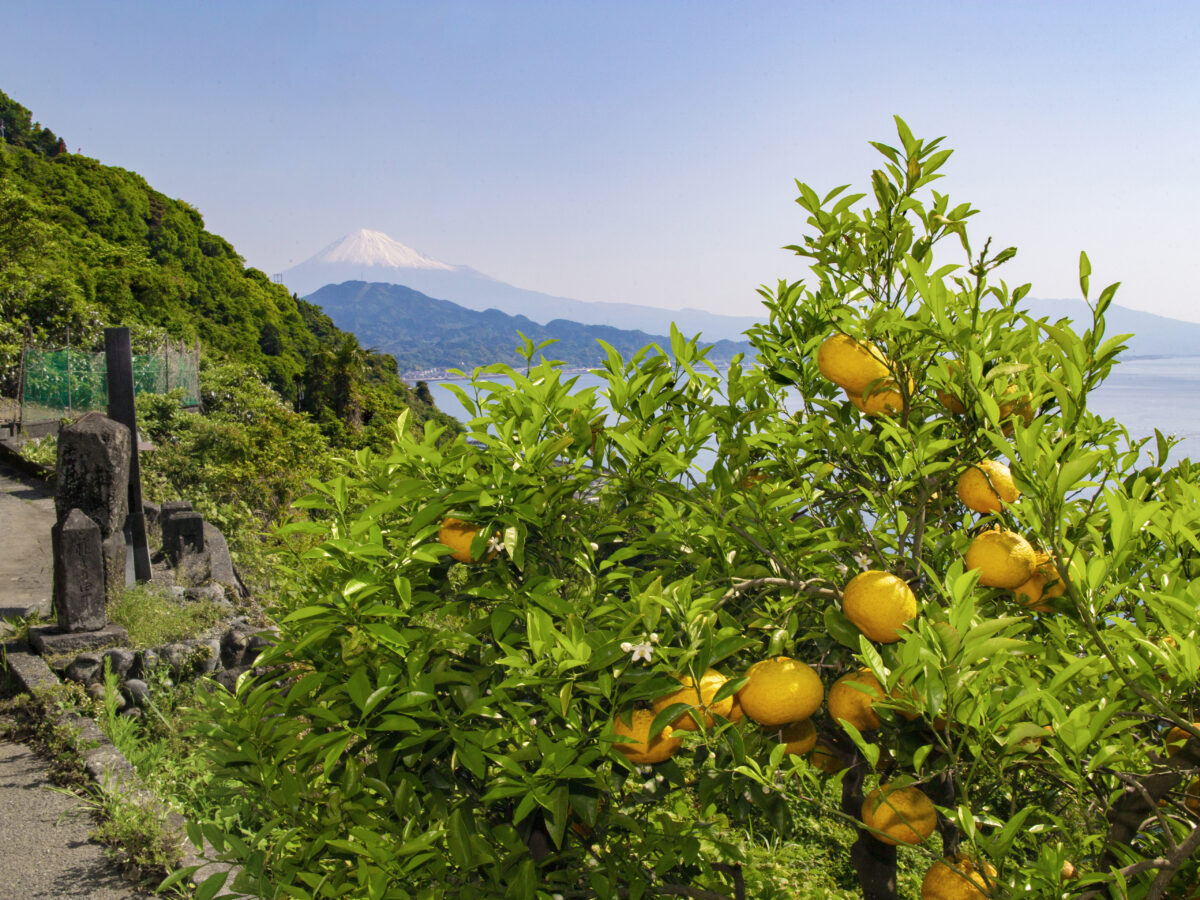
The reward for the steep but short hike to the Satta Pass are the mesmerizing views of Mount Fuji. This is another scene that was captured by Hiroshige, one of the most famous of his woodblock prints that depict the post towns of the Tokaido highway. Today, Japan’s tallest mountain still towers over Suruga Bay as well as the modern multilane highways that have long since replaced the old Tokaido road.
Two Day Tour of Shizuoka City – Day 2
A Tour of the Chojiya, Shizuoka’s Oldest Restaurant
The following day begins with a visit to Chojiya restaurant. Chojiya first opened in 1596 in Mariko, one of the Tokaido’s 53 post towns that is now part of Shizuoka City. The oldest restaurant in Shizuoka, Chojiya is now run by the 14th generation owner. Chojiya was also portrayed in another of Hiroshige’s famous prints from his series of artworks from the post towns of the Tokaido road.
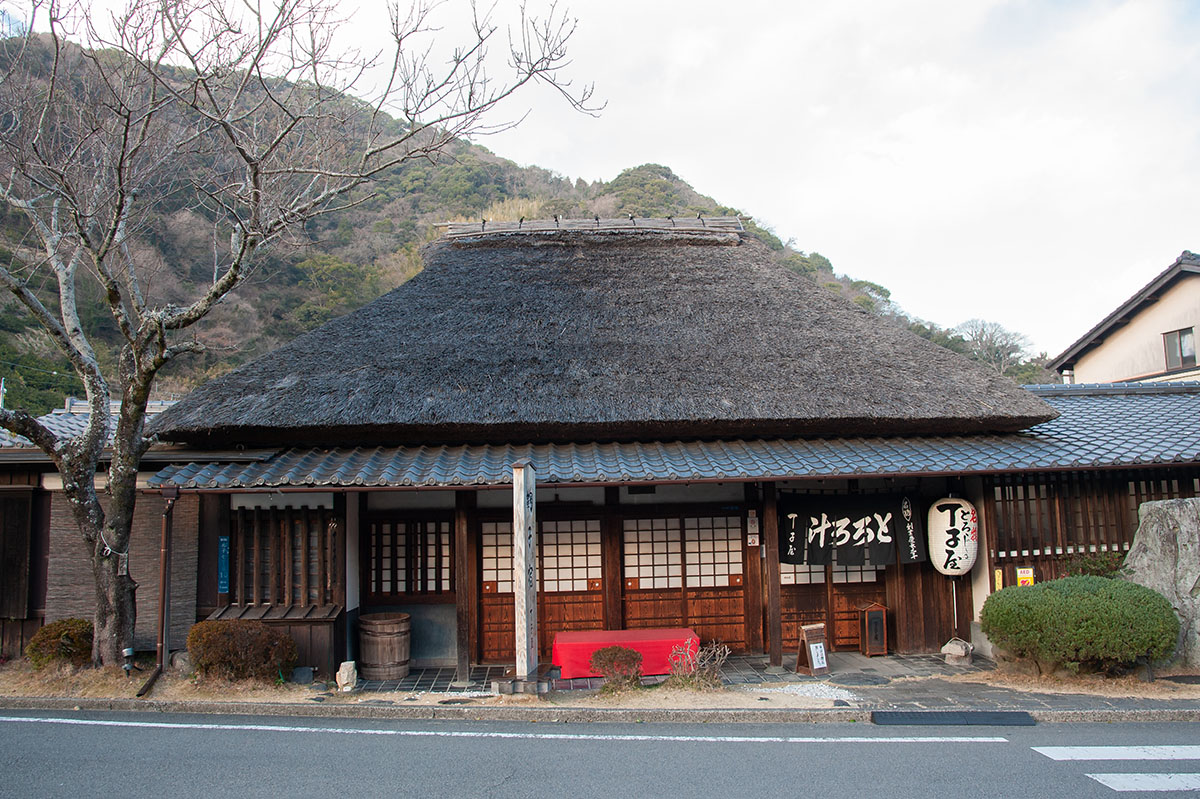
Hiroshige depicted Chojiya as a tea stop with a thick thatched roof catering to weary travelers taking a break from their journey. From the outside, Chojiya still looks exactly as it was portrayed by Hiroshige, though the restaurant has expanded in size over the decades, having added a collection of additional connecting buildings. Chojiya remains famous for the traditional nourishing Tororo-jiru soup, which they have been serving since the days when Hiroshige stopped by.
The interior of the original building is a beautifully maintained rustic yet inviting Japanese restaurant, complete with a traditional hearth and huge wooden beams supporting the thatched roof. As well as the restaurant inside, there’s also an exhibition space dedicated to the history of the Tokaido road with many of Hiroshige’s prints on display.
Exploring the Utsunoya Pass and Meiji Tunnel
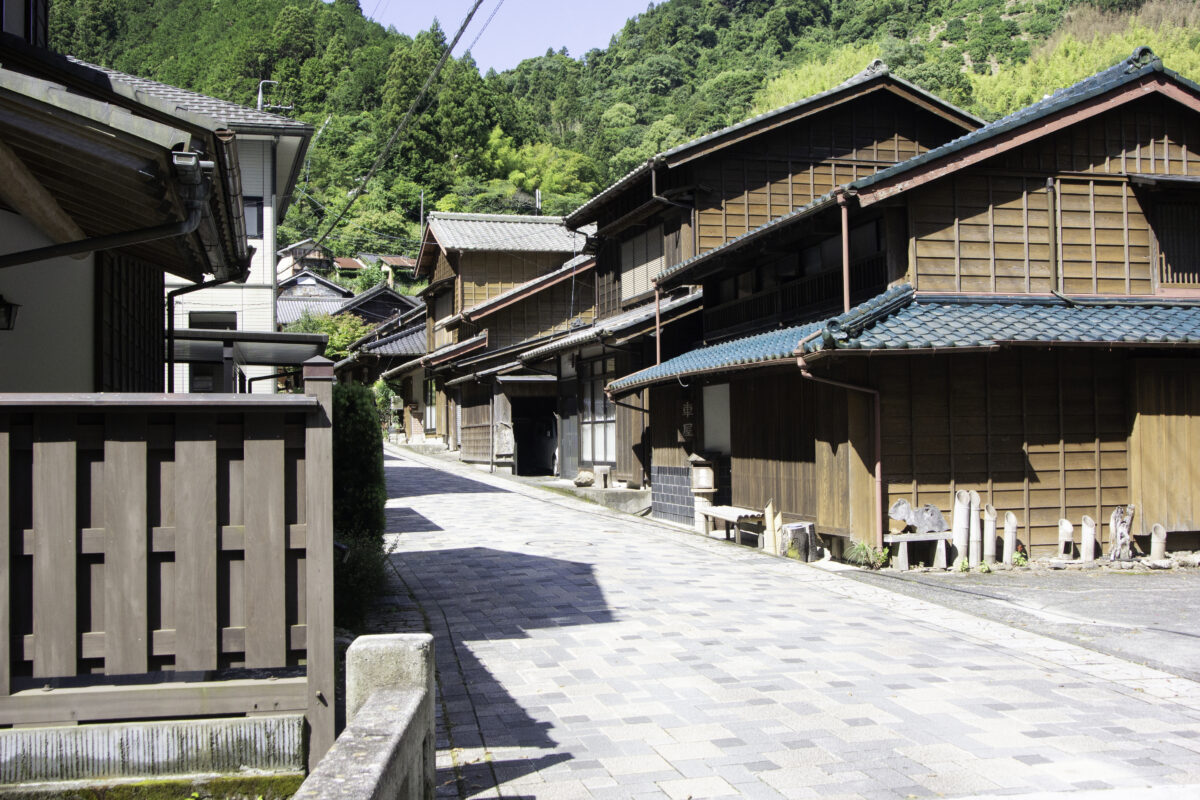
The tour continues with a trip to the Utsunoya Pass, a short drive from Chojiya restaurant. The Utsunoya Pass is another ancient part of the old Tokaido route and one that retains a sense of a bygone time. There is a kilometer long stretch of road on the way to the pass that’s lined with gorgeous old wooden-paneled Japanese houses that help to evoke another era. The route continues up into the hillside behind the houses, beyond which is the entrance to the Meiji Tunnel.
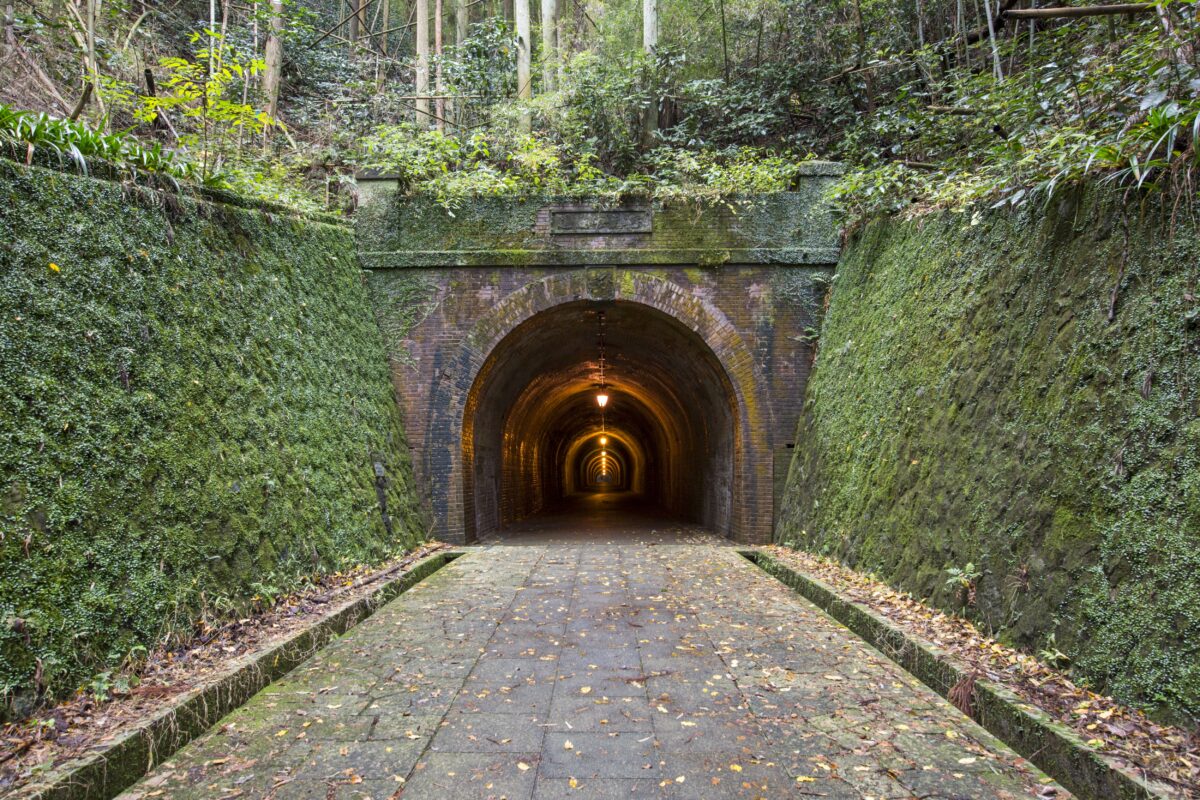
The Meiji Tunnel opened in 1876, making the journey through the mountain pass a little less arduous. Today, the entrance to the tunnel is framed by a thick layer of trees. Inside, the tunnel is lit by a series of hanging lights overhead, creating a slightly haunted atmosphere. The first tunnel to charge a toll in Japan, the Meiji Tunnel was registered as a tangible cultural property by the Japanese government in 1997.
Enjoy a Kaiseki Lunch at Fugetsuro
The two day tour of Shizuoka ends with an exquisite lunch at yet another spot that is steeped in history. Fugetsuro is a kaiseki restaurant located in the grand home of Tokugawa Yoshinobu, the last shogun of Japan. Tokugawa Yoshinobu resigned from the position of shogun in 1867, bringing an end to the Edo Period and over 250 years of rule by the Tokugawa shogunate.
On his retirement, Yoshinobu moved to this house with a traditional Japanese garden in the center of Shizuoka City. Today, the house and breathtaking garden are the grounds of the Fugetsuro, a long established restaurant that specializes in beautifully prepared Japanese kaiseki dishes made from the highest quality local and seasonal ingredients. There’s no better way to end your two day tour of Shizuoka than to enjoy a meal at Fugetsuro.
How to Book a Two Day/One Night Tour of Shizuoka
Click here for further information on this two day tour of Shizuoka’s historic Tokaido highway, including a full breakdown of the trip itinerary. Here you can also book your own tour via the booking form at the bottom of the page.
Access Information:
The two day tour begins by meeting your guide outside Shin-Kambara Station on the Tokaido Line, which can be reached from both Shizuoka and Mishima Shinkansen Stations. Apart from the short hike from the Yui-shuku Tokaido Akari no Museum to the Satta Pass, all other journeys over the two days will be taken by a private taxi that is included as part of the tour.
